Please filter by different types of publications
All Pine marten
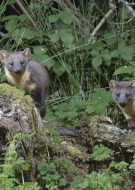
The aim of this document is to set out a strategic, long-term recovery plan for pine martens in Britain. It follows on from a previous strategy produced in 2011 (Jordan, 2011), which outlined the practical work and research needed to restore and secure the future of pine marten populations in England and Wales up until 2020.
We present a summary of what has been achieved so far and set out a continuing recovery plan for pine martens across Britain that maintains this strategic approach, while emphasising the importance of conserving recovering populations in Scotland.
Photo: ©Robert Cruickshanks
Download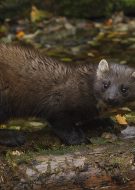
In this study, the history of the pine marten (Martes martes) in Ireland is reviewed, revealing that the population has undergone several retractions and expansions over the last few hundred years. Here, we consider the genetic legacy of this flux in fortunes and its likely impacts upon the conservation and future recovery of the species.
Photo: ©Ruth Hanniffy
Download
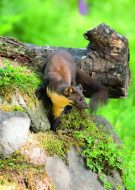
Since 2015, VWT has been involved in pine marten translocations from Scotland for population restoration in Wales and, more recently, Gloucestershire. A primary consideration in these translocations has been to minimise the potential for negative impacts on recovering donor populations in Scotland. To this end, surveys and monitoring have been carried out to collect further data to inform the way in which current and future sustainable harvesting models are applied. Based on precautionary principles, VWT adopted a highly conservative approach to trapping and removals in the first instance. Data on indices of marten activity at donor sites to date suggest that this has proved effective, and population estimates derived from genetic analysis of non-invasively collected samples support the suggestion that only a relatively small proportion of resident animals have been removed. However, the sampling strategy could be improved to refine population estimates further and better inform the way in which donor populations are managed and conserved in the face of higher demand from other organisations in future.
Download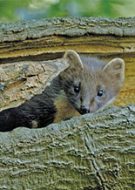
Vincent Wildlife Trust’s Pine Marten Recovery Project leaflet has been updated to give a more recent summary of this innovative project and its outcomes.
Photo: ©A. Achterberg
Download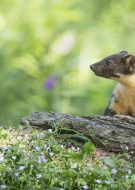
As part of a national recovery programme for the pine marten Martes martes, a protected mesocarnivore in the UK, we used Q-methodology to understand the perspectives of residents living in an area in which a pine marten translocation project was planned.
Download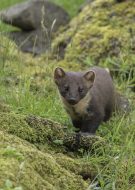
We used radio-tracking to describe post-release movement and habitat selection of pine martens translocated from Scotland to Wales.
Download
We investigated the short-term effects of exposure to translocated pine martens on the space use and survival of resident grey squirrels.
Download
This paper compares the efficacy of three survey methods (live trapping, hair tubes and scats) for estimating abundance and population density of the European pine marten (Martes martes) in Galloway Forest, Scotland.
Photo: ©Robert Cruickshanks
Download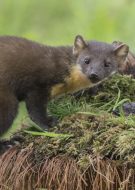
This paper looks at how including both hair and scat samples improves the detection of individual pine martens in non-invasive studies.
Photo: ©Robert Cruickshanks
Download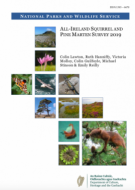
The 2019 All-Ireland Squirrel and Pine Marten Survey was published in June 2020 and was made possible by members of the public who submitted their sightings of red and grey squirrels and pine martens across the island of Ireland during 2019. The project was led by NUI Galway in partnership with VWT, Ulster Wildlife, the National Biodiversity Data Centre and the Centre for Environmental Data and Recording in Northern Ireland. It was funded by the National Parks and Wildlife Service.
Download